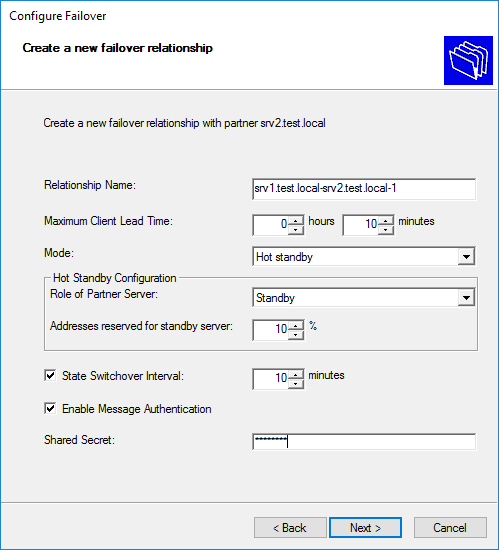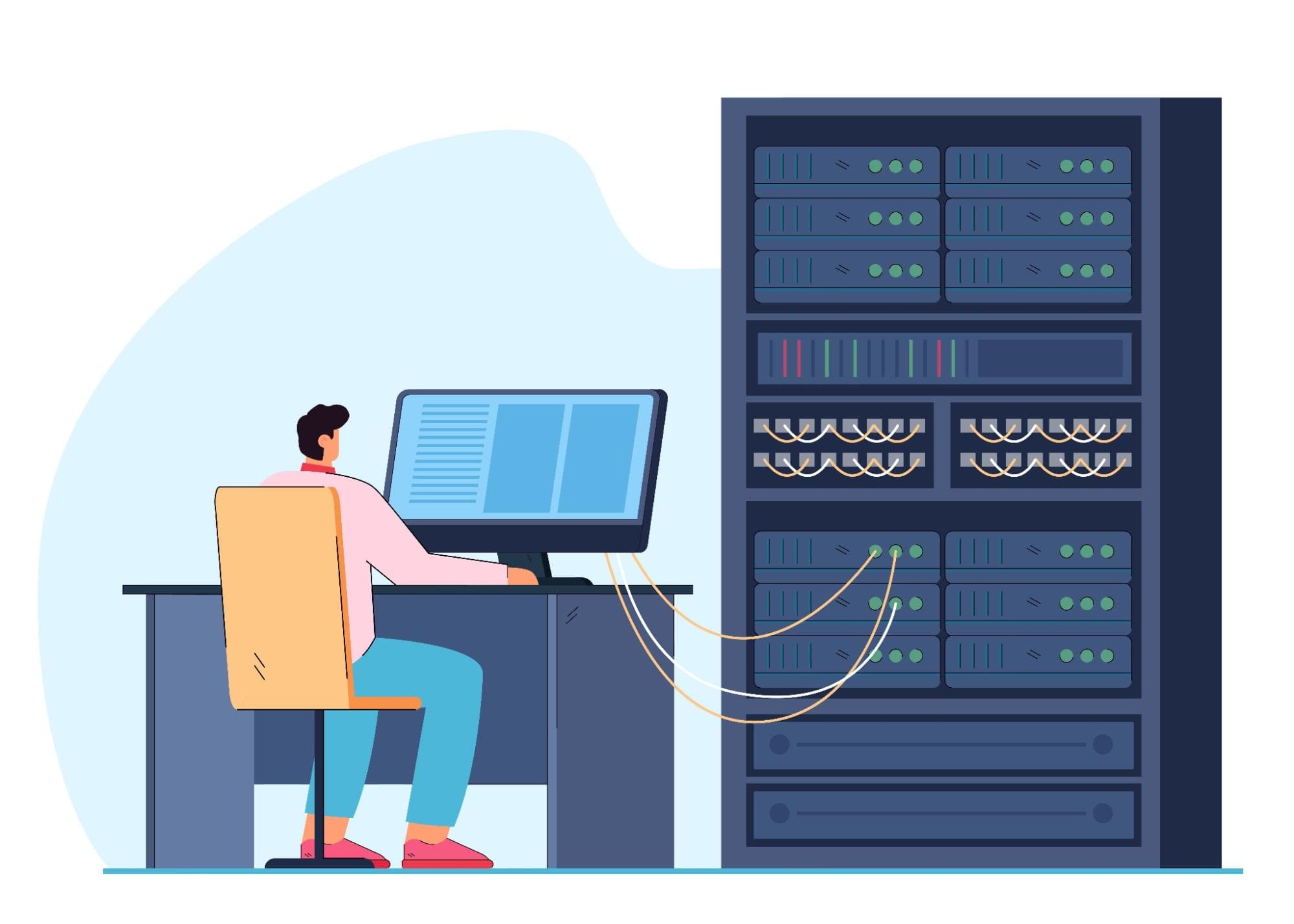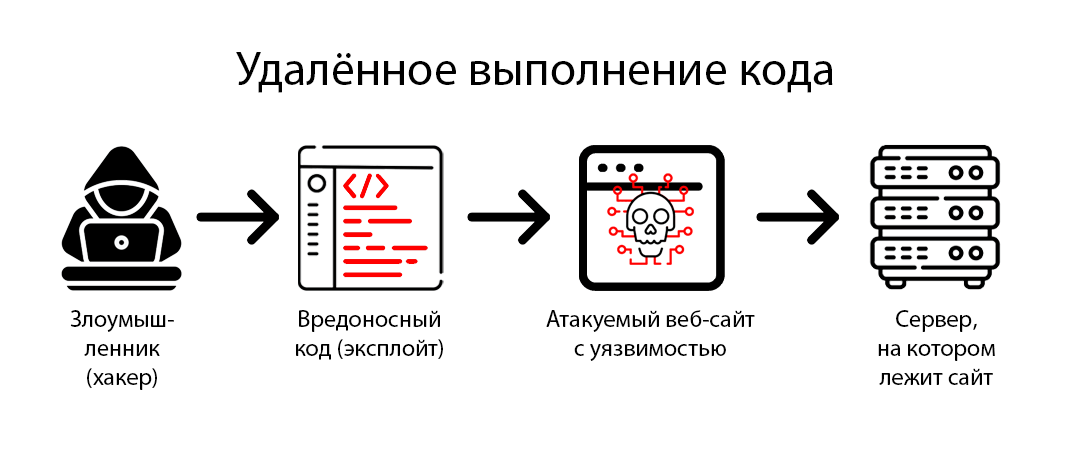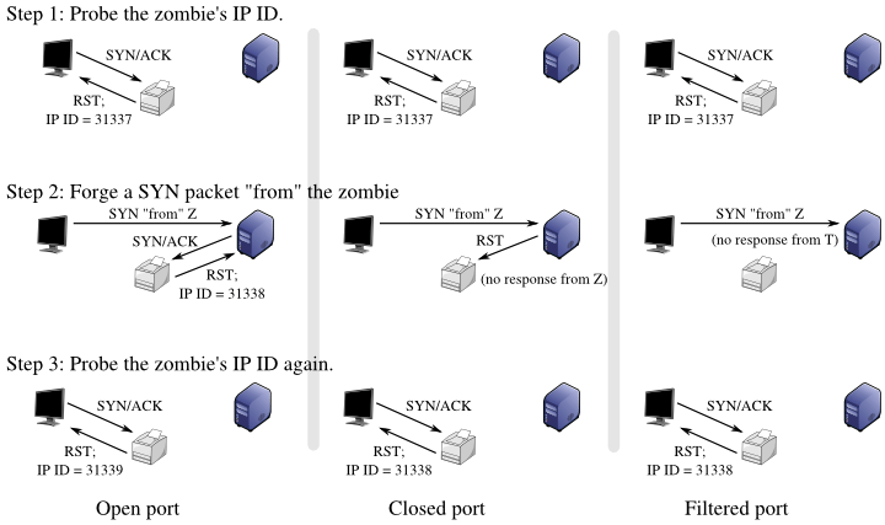How to Configure Failover Protection for Your Server?
Failover protection for your server is an important aspect of ensuring the reliability of your web project. In this article, we’ll show you how to configure this protection and ensure your server runs smoothly.
The first step in setting up failover protection is to choose the right solution. There are many services and software products that can help you ensure your server is fault-tolerant. One popular option is to use a server cluster.
Choosing a Server Cluster
First, you need to choose the right cluster for your server. Depending on your reliability and performance requirements, you can choose ready-made solutions from cloud providers or configure a cluster on your own servers.
You have the option of using cloud services such as Amazon Web Services (AWS), Google Cloud Platform, or Microsoft Azure. Connecting a server cluster in the cloud can greatly simplify the setup process and ensure high availability for your project.If you prefer to work with your own servers, you can set up a cluster yourself using software products such as Kubernetes, Docker Swarm, or Apache Mesos. These tools will allow you to effectively manage the load and ensure the smooth operation of your servers.
Configuring Failover Protection
After choosing a server cluster, you need to start configuring failover protection. The main idea of failover is to automatically switch traffic from a failed server to a backup server in order to minimize downtime and ensure the continuous operation of your web project.
To configure failover protection in a server cluster, you need to define failure thresholds and configure an automatic switchover mechanism. This can be implemented using special software solutions such as HAProxy, Keepalived, or Nginx. These tools will allow you to effectively route traffic and ensure the fault tolerance of your server.
In addition, it is important to check the performance of the failover system regularly and perform test switchovers to ensure that it is working correctly. This will help avoid problems in the event of a main server failure.
Conclusion
Setting up failover protection for your server is an important step in ensuring the reliability of your web project. By choosing the right server cluster and correctly configuring the automatic switchover mechanism, you can ensure the smooth operation of your server and minimize downtime.





